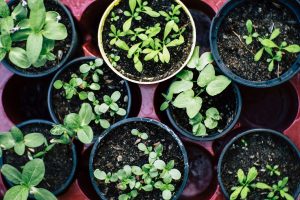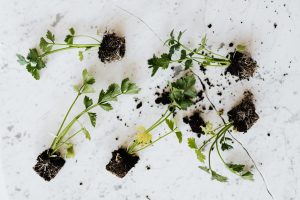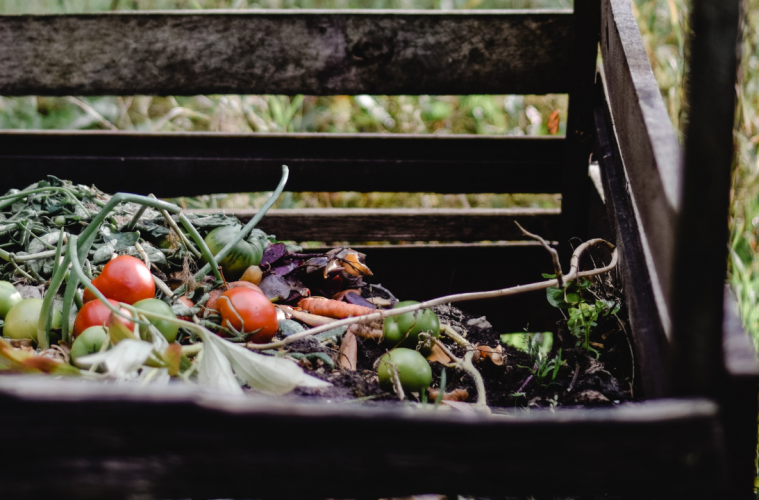In recent years, there has been a growing interest in soilless gardening, where gardeners cultivate plants in nutrient-rich compost rather than traditional soil. This innovative method offers several advantages, such as better control over plant nutrition and reduced risk of soil-borne diseases.
Whether you have limited outdoor space or simply want to try something new, here’s what you need to know about growing in compost without soil, along with some tips and recommendations for the best plants to cultivate in this manner.
Here’s what you need to know:
Quality compost
The key to successful soilless gardening is using high-quality compost. Compost is a rich, organic material made from decomposed plant matter, and it provides essential nutrients for plant growth. Look for compost that is well-aged, free from harmful chemicals, and has a balanced nutrient profile.
Containers
Since you won’t be using traditional soil, you’ll need containers to house your compost and plants. Choose pots or raised beds with good drainage to prevent waterlogging. Make sure your containers are deep enough for the specific plants you want to grow.

Pexels
Water management
Soilless gardening requires a different approach to watering. Compost can dry out more quickly than soil, so it’s important to monitor moisture levels closely. Using a moisture meter or sticking your finger into the compost to assess moisture can help you avoid over- or under-watering.
Tips for successful soilless gardening
Proper aeration: To ensure your plants receive sufficient oxygen, you can mix perlite or vermiculite into the compost. This improves aeration and helps prevent compaction.
Feeding plants: While compost is nutrient-rich, you may still need to supplement your plants with organic fertilisers. Use a balanced, slow-release fertiliser or organic liquid fertiliser to meet your plants’ specific nutrient requirements.
Plant selection: Some plants are better suited for soilless gardening. Herbs like basil and mint, leafy greens, and certain varieties of tomatoes and peppers thrive in compost-based systems. Start with these beginner-friendly options.
ALSO SEE: Eco-friendly gardening tips
Best plants for soilless gardening

Pexels
Herbs: Basil, cilantro, rosemary, and thyme are easy-to-grow herbs in compost. Their shallow root systems adapt well to this medium.
Leafy Greens: Lettuce, spinach, and kale flourish in compost, making them perfect choices for your soilless garden.
Tomatoes: Varieties such as cherry and determinate tomatoes can produce bountiful harvests when grown in nutrient-rich compost.
Peppers: Bell peppers and chili peppers are also suitable for soilless gardening and can yield vibrant, healthy fruits.
Soilless gardening in compost is a rewarding and sustainable way to cultivate plants in limited spaces or with better control over your garden’s nutrition. With the right compost, containers, and a little knowledge, you can enjoy a lush and thriving garden without traditional soil.
Feature image: Pexels

